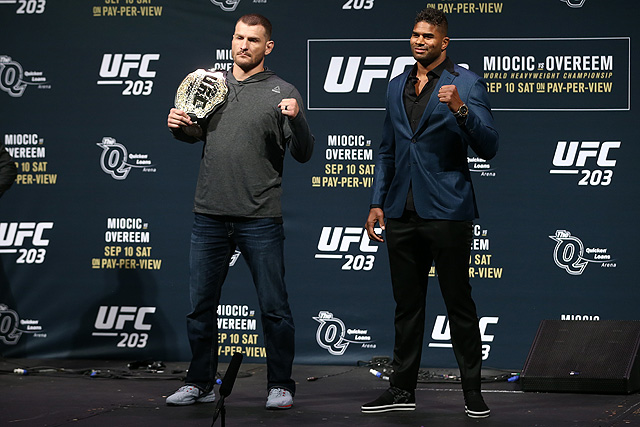“When we break down the purpose of organized competition into its most basic parts, past the platitudes of fun and entertainment, we get a glimpse into the human psyche. Sports — both participating and watching — are indeed fun and entertaining, mostly because we all understand that such physical feats are really, really difficult. Somewhere in the heart of man there is a relentless curiosity to know the limits of our species. A core part of all of us wants to see a concrete demarcation of what those limits are even though they rarely have much to do with our own personal limitations, which tend to be pretty unimpressive in the grand scheme of things. It’s why we idolize and admire great people: They show us what can be done while simultaneously making us wonder how they did it. The visual aesthetic of greatness is only part of it; actually seeing the best is obviously great, but we also want to simply know. Competition is a mechanism of exploration.
The appeal of heavyweight fighters is as pure a distillation of this dynamic as there is in sports. In the name of fair play, fighting has been broken down into weight divisions, each champion representing the best fighter in a particular range of size. However, if we were to exist in the world as it just is, it would stand to reason that the biggest best fighter would simply be the best fighter. It’s what we expect of our heavyweight champions and why we tend to label them the “Baddest Men on the Planet.” The heavyweight champ is supposed to be the last one standing if every single person in the world fought in a tournament. Theoretically, the heavyweight division should compose the majority of the final few rounds.
Yet, when we look at the current heavyweight landscape in MMA, that ideal doesn’t quite seem to materialize. At the very least, it doesn’t resonate much. Four of the division’s elite did little to change that at UFC 203 on Saturday in Cleveland…”

